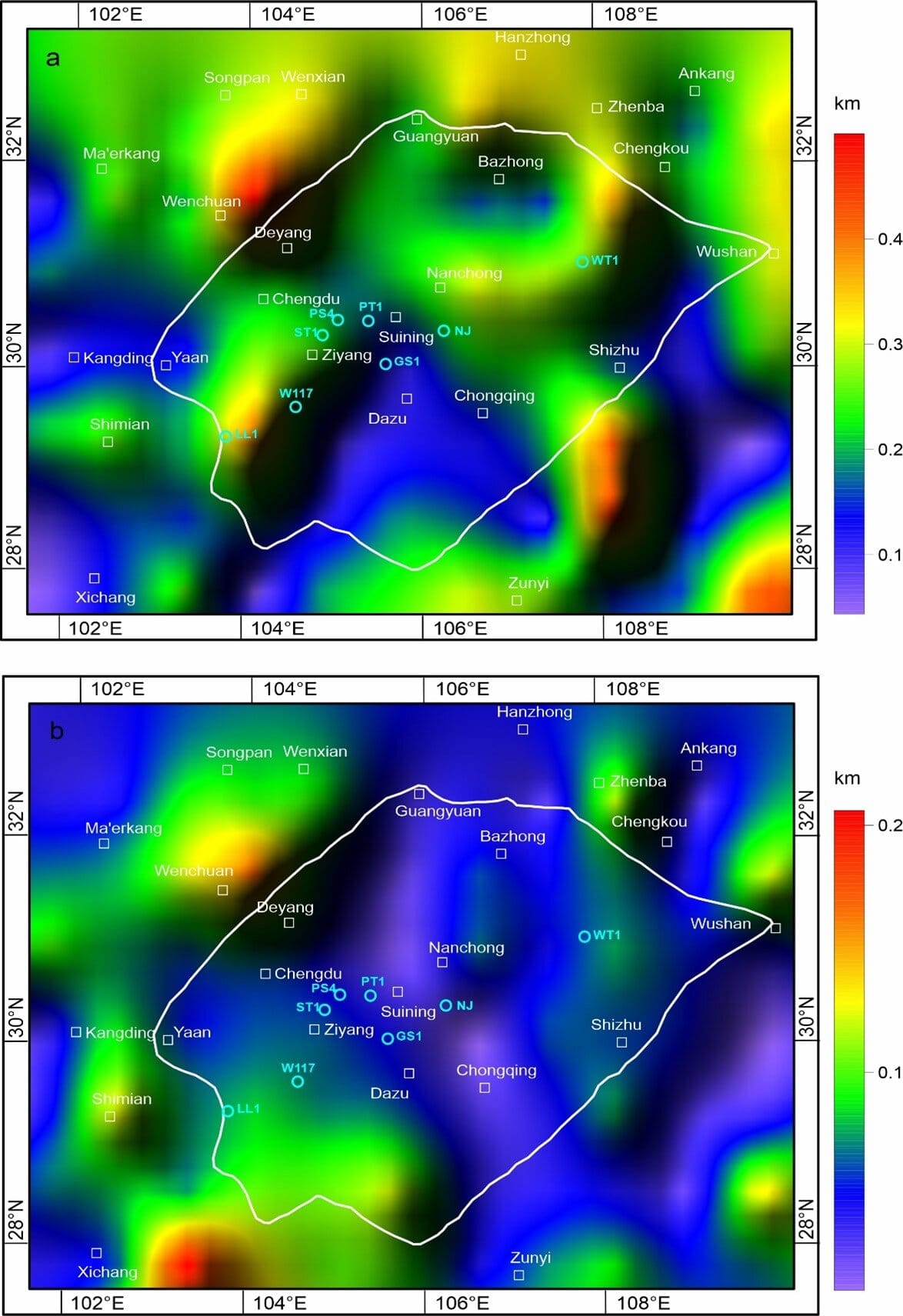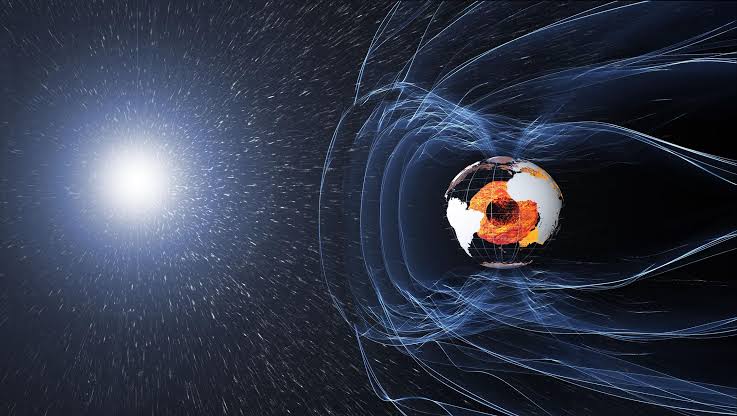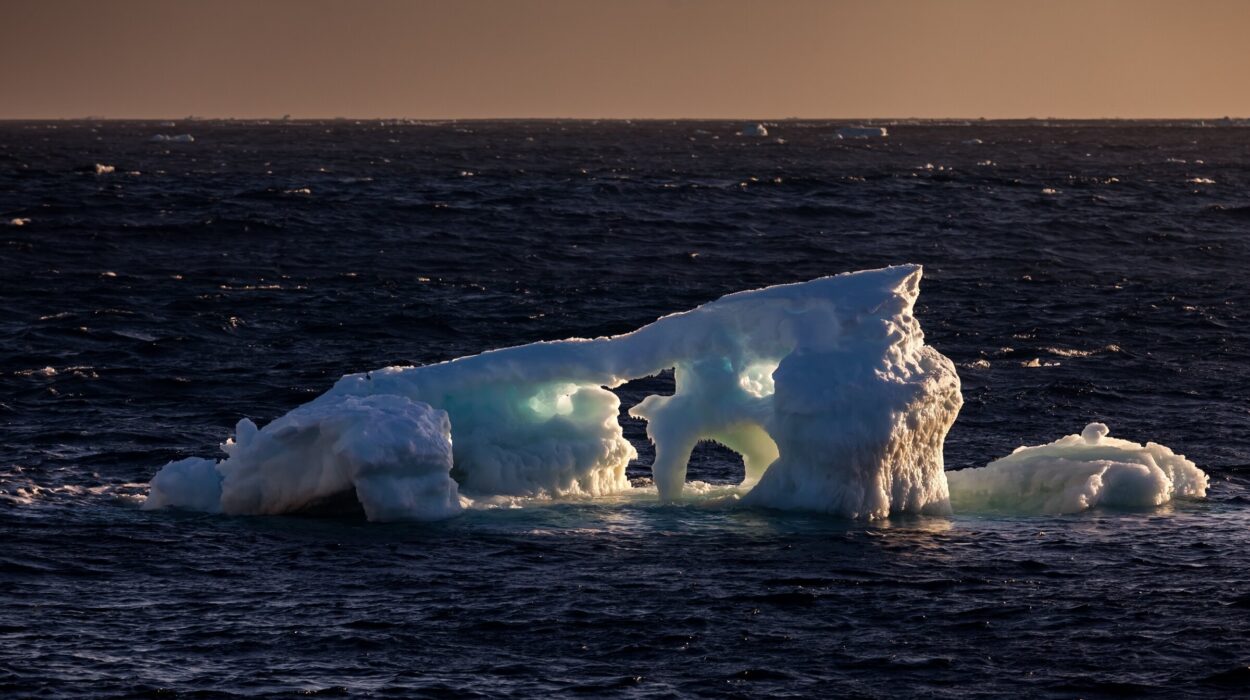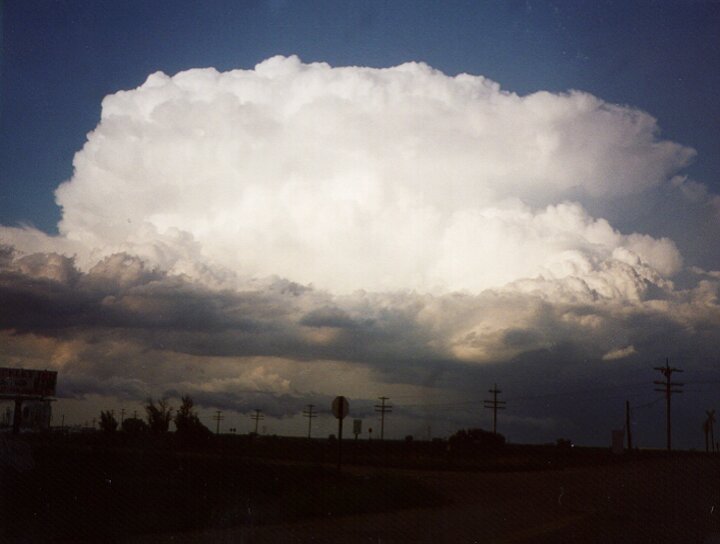Roughly 800 million years ago, long before the first animals wriggled through ancient seas or forests cloaked the continents, the land that would one day become southern China was in chaos. Tectonic plates groaned and collided, supercontinents shattered, and volcanic arcs lit the skies with fire. Now, in a dramatic twist of geologic detective work, scientists have uncovered evidence that this ancient turmoil reached much farther than anyone realized—hidden not along the jagged edges of tectonic plates, but buried deep within China’s continental interior.
A new study published in the Journal of Geophysical Research: Solid Earth has revealed the presence of a fossilized magmatic arc belt concealed beneath the Sichuan Basin in the Yangtze Block of South China. This ancient arc—once a chain of volcanoes erupting during the breakup of the supercontinent Rodinia—stretches over 700 kilometers (about 400 miles) and lies as far as 900 kilometers inland. It suggests a far more extensive and complex volcanic system than previously thought, challenging long-held ideas about how and where Earth’s internal fires leave their mark.
Ancient Cataclysm in the Tonian
The story begins during the Tonian period, between 1000 and 720 million years ago, a time when Earth was transitioning from one supercontinent to another. The now-fragmented supercontinent Rodinia was beginning to break apart. The Yangtze Block—an ancient portion of continental crust now located in South China—was being sheared from the rest of the landmass.
As Rodinia fractured, the Yangtze Block drifted apart and eventually collided with an oceanic plate known as the China Ocean Plate. This convergence triggered a process geologists call subduction—where the heavier oceanic plate dives beneath the lighter continental crust. Subduction zones are not only responsible for mountain-building and earthquakes; they are Earth’s great volcano forges. Typically, a curved line of volcanoes forms above the descending plate, known as a magmatic arc.
The Panxi-Hannan volcanic arc is one such known arc from this time, lining the edge of the Yangtze Block. But until now, scientists believed these arcs were mostly restricted to the continental margins, not stretching far inland. This new research changes that understanding completely.
Deep Drilling Unlocks Ancient Secrets
The breakthrough came through a combination of modern technology and deep patience. The research team drilled seven boreholes, each plunging between 3.6 and 6.5 kilometers into the earth’s crust. These boreholes pierced the otherwise inaccessible interior of the Sichuan Basin, which had long resisted exploration due to thick sedimentary coverage.
Alongside these physical samples, the team employed aeromagnetic surveys—airborne scans that detect magnetic anomalies in rocks—to visualize what lay beneath. What they found astonished them: a band of iron-rich, volcanic rock stretching across the Sichuan Basin. The buried belt of rock, once molten magma, dates back to the Tonian period—between 820 and 770 million years ago.
Not only was this evidence of ancient volcanic activity, it was also distinctly arc-like in nature, meaning it was likely born in a subduction zone. And yet, it lay deep within the continent, far from the known edges where such arcs are usually found.
A Clue in the Flatness
So how did this fiery arc end up so far inland? The researchers propose a remarkable answer: flat-slab subduction. In contrast to the more commonly observed steep descent of a subducting plate, flat-slab subduction occurs when the oceanic plate slides beneath the continent at a very shallow angle, traveling great distances before finally descending into the mantle.
This means the melting that fuels volcanic arcs can happen hundreds of kilometers from the continental margin, giving rise to interior arcs like the one found beneath the Sichuan Basin. The team suggests that this newly discovered magmatic arc is likely a previously unrecognized inland extension of the Panxi-Hannan arc—once part of a vast, continuous chain of volcanoes stretching from the coast deep into the heart of the Yangtze Block.
“Our findings extend the circum‐Yangtze Tonian continental arc system… into the Yangtze Block’s interior,” the authors write, “and provide new insights into the Tonian tectonic‐magmatic evolution in the area.”
Implications for Earth History—and Earth’s Future
This discovery does more than rewrite one chapter of Earth’s deep past—it opens up entirely new pages. It suggests that ancient supercontinent breakup events may have generated far more widespread volcanic activity than previously appreciated. And it challenges the idea that magmatic arcs are confined to plate edges, suggesting that Earth’s interior can host massive, long-lived volcanic belts that remain hidden beneath the surface for eons.
Understanding these ancient structures has practical implications too. Volcanic arcs play a crucial role in enriching the crust with valuable minerals, including copper, gold, and rare earth elements. By identifying previously overlooked arc systems, geologists may uncover new targets for resource exploration.
Moreover, the study provides new constraints for tectonic reconstructions. To model how Earth’s continents moved and evolved over billions of years, scientists must rely on clues like these. The discovery of a major magmatic arc where none was expected helps refine those models, offering a clearer picture of how supercontinents like Rodinia came apart—and how the continents we know today were born.
What Lies Beneath Our Feet
This discovery also reminds us that Earth’s most profound mysteries are not always in space or the distant ocean—they’re beneath our feet. The crust we live on is only a skin, and beneath it lie vast regions shaped by forces that unfold over hundreds of millions of years.
Volcanoes that once erupted fire into the Tonian skies are now fossilized in darkness, hidden beneath kilometers of sediment and time. But with every new borehole and magnetic scan, scientists peel back that darkness, revealing stories of continental collisions, fiery birthplaces, and the restless, ceaseless power of Earth itself.
As geological techniques grow more advanced and global surveys continue, this may not be the last time a hidden arc is revealed deep in a continental interior. The Earth has many secrets left to tell—and sometimes, the most surprising discoveries come from the oldest and quietest corners of the planet.
More information: Zhidong Gu et al, A ∼700‐km‐Long Fossil Tonian Magmatic Arc Belt Hidden Within the Yangtze Block’s Interior, South China, Journal of Geophysical Research: Solid Earth (2025). DOI: 10.1029/2024JB030825






